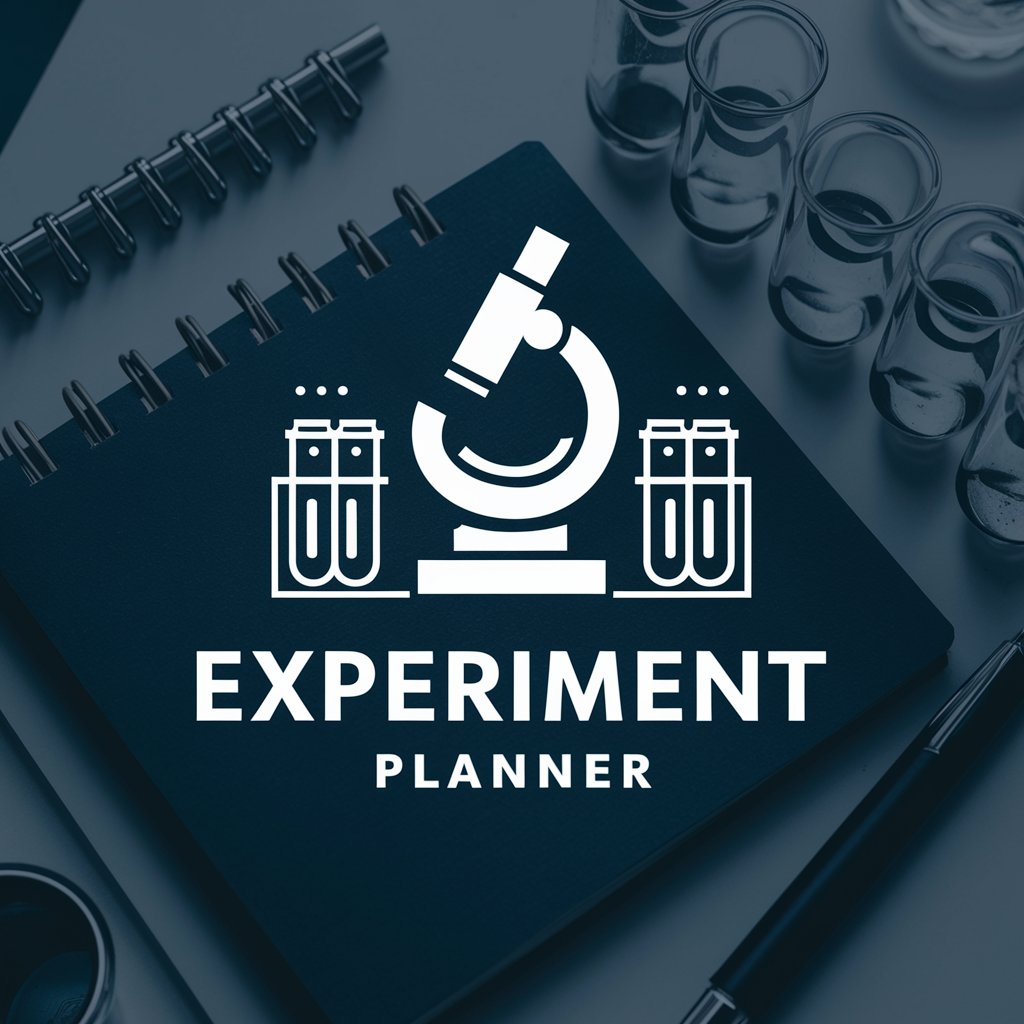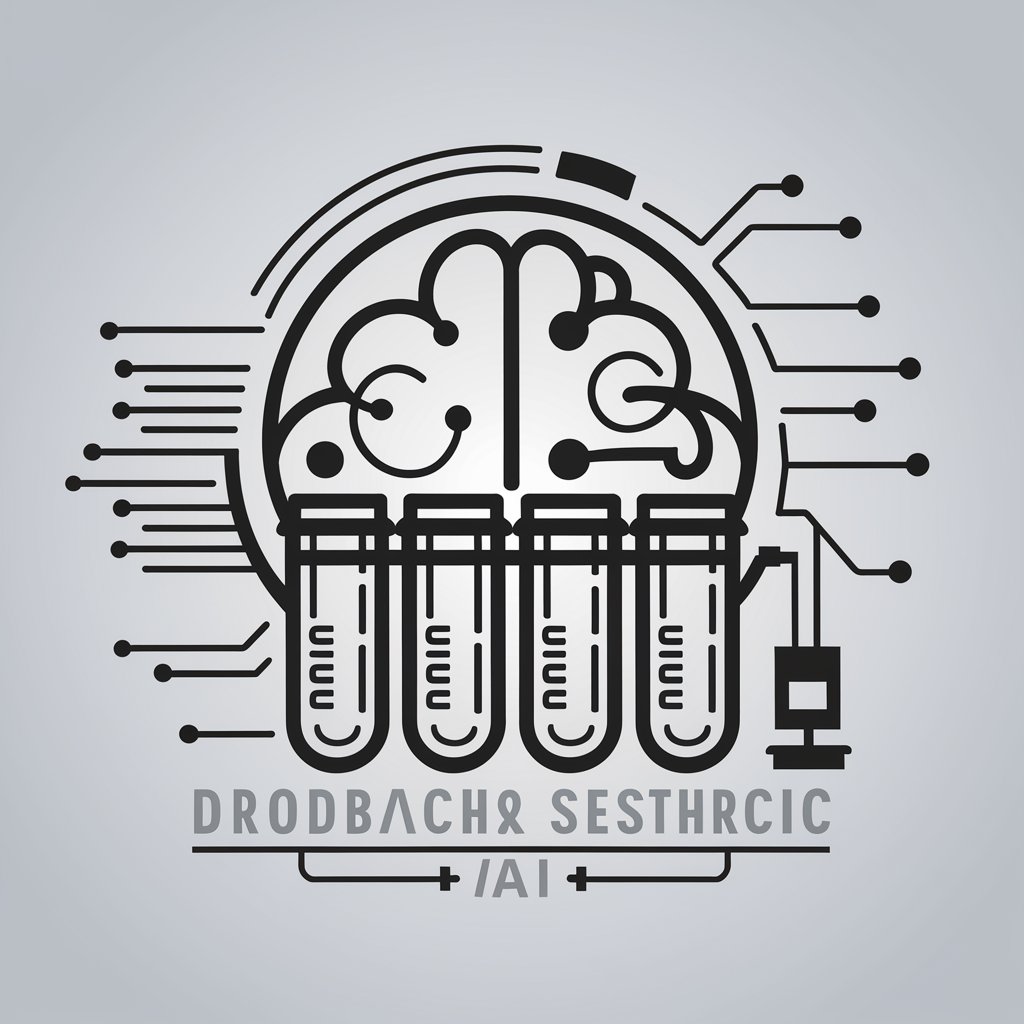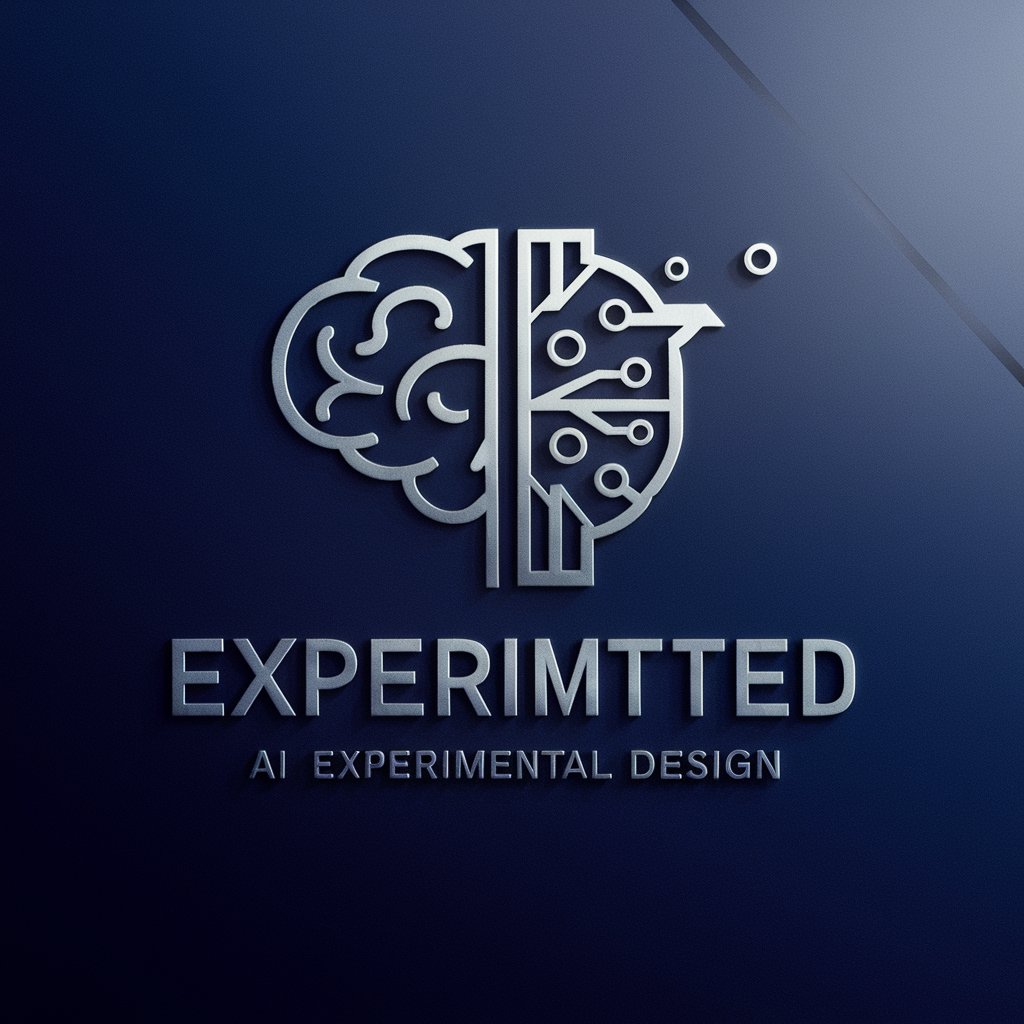
实验设计 - Powerful Experimental Design

Hello! I'm here to assist with your biomedical research design needs.
Streamlining Research with AI
Describe the process of designing an ELISA experiment to detect a specific protein in serum samples.
Explain the steps involved in performing a Western Blot to analyze protein expression levels in cell lysates.
How would you design a PCR experiment to amplify a gene of interest from genomic DNA?
Discuss the key considerations for culturing primary cells versus established cell lines in vitro.
Get Embed Code
Overview of 实验设计
实验设计, meaning 'experimental design' in English, is a specialized tool configured to assist researchers in the biomedical field with planning, designing, and executing laboratory experiments. This tool is tailored to address complex experimental setups across various biomedical applications. It is particularly adept in methodologies such as PCR, ELISA, Western blotting, and cell culture techniques. For example, 实验设计 can guide a researcher through the steps of setting up a PCR experiment to detect specific genetic markers linked to a disease, detailing each stage from sample preparation to data analysis. Powered by ChatGPT-4o。

Core Functions of 实验设计
Designing PCR Experiments
Example
For instance, if a researcher needs to detect a rare mutation in a cancer gene, 实验设计 can recommend optimal PCR conditions, primer design, and protocols to enhance specificity and sensitivity of the assay.
Scenario
This function is crucial in cancer research labs where precise genetic analysis is needed to understand mutations that could affect treatment outcomes.
Optimizing ELISA Protocols
Example
实验设计 can assist in selecting appropriate antibodies, setting up standard curves, and troubleshooting common issues such as high background noise or low signal.
Scenario
Useful in clinical research organizations developing new diagnostic tests that rely on quantitative protein detection.
Guidance on Western Blotting
Example
It can provide step-by-step protocols for protein extraction, gel electrophoresis, and membrane transfer, including the selection of primary and secondary antibodies to detect a novel protein biomarker.
Scenario
Beneficial for molecular biology labs focusing on protein expression in different disease states.
Cell Culture Techniques
Example
Guidance includes maintaining sterile techniques, optimizing growth conditions, and designing experiments to test drug effects on cell viability and proliferation.
Scenario
Essential for pharmacology labs investigating the efficacy of new pharmaceutical agents.
Target User Groups of 实验设计
Academic Researchers
This group often engages in fundamental and applied research where precise and reproducible results are crucial. 实验设计 helps in refining experimental setups and optimizing protocols to ensure reproducibility and reliability of data.
Biotechnology Professionals
Professionals in biotech companies can utilize 实验设计 to streamline R&D processes, enhance product development, and improve the accuracy of bioassays critical for the development of therapeutics and diagnostics.
Clinical Research Organizations (CROs)
CROs benefit from 实验设计's expertise in designing and conducting experiments that adhere to regulatory standards, crucial for clinical trial validations and the development of diagnostic tests.

How to Use 实验设计: Step-by-Step Guide
Step 1
Visit yeschat.ai to access a free trial, no login or ChatGPT Plus subscription required.
Step 2
Explore the tool's interface to familiarize yourself with its various functionalities, including project setup, data input, and settings customization.
Step 3
Define your experimental parameters and goals, using the tool to generate hypotheses and design frameworks for testing.
Step 4
Utilize the advanced analytics features to evaluate experimental outcomes and refine future study designs.
Step 5
Regularly check for updates and new features to continuously enhance your research capabilities with 实验设计.
Try other advanced and practical GPTs
Story Maker
Crafting AI-Driven Personalized Stories

Image Background Wizard
AI-driven Precision in Background Removal

Memory
Harness AI to Remember Everything

Cloze Creator
Transform Text into Study Cards

Functional Health GPT
Empowering Your Health Journey with AI

Loteria Guru
AI-Powered Lottery Insights.

Suno Prompt Master
Compose music effortlessly with AI

Maritime Mentor
Navigate Maritime Challenges with AI

Chappy
Empowering creativity with AI intelligence.

StoryBoard Wand
Visualize Your Story, Powered by AI

Building Code GPT v1.1
AI-powered Building Code Guidance

Luna
Empower Your Creativity with AI

Frequently Asked Questions About 实验设计
What is the primary purpose of 实验设计?
实验设计 is designed to assist researchers in creating, managing, and analyzing biomedical experiments, particularly in areas like protein detection and biomarker signaling.
Can 实验设计 help with PCR and ELISA experiments?
Yes, 实验设计 supports the design and analysis of PCR and ELISA experiments, providing tools for sample preparation, reagent selection, and data interpretation.
Is 实验设计 suitable for beginners in research?
Absolutely, it is user-friendly and includes extensive documentation and tutorials to help beginners understand the complexities of experimental design.
How does 实验设计 handle data privacy?
实验设计 prioritizes user data privacy with robust security protocols, ensuring that all experimental data is securely stored and processed.
Can 实验设计 be integrated with other software?
Yes, it offers integration capabilities with various data analysis and laboratory information management systems, enhancing workflow efficiency.





